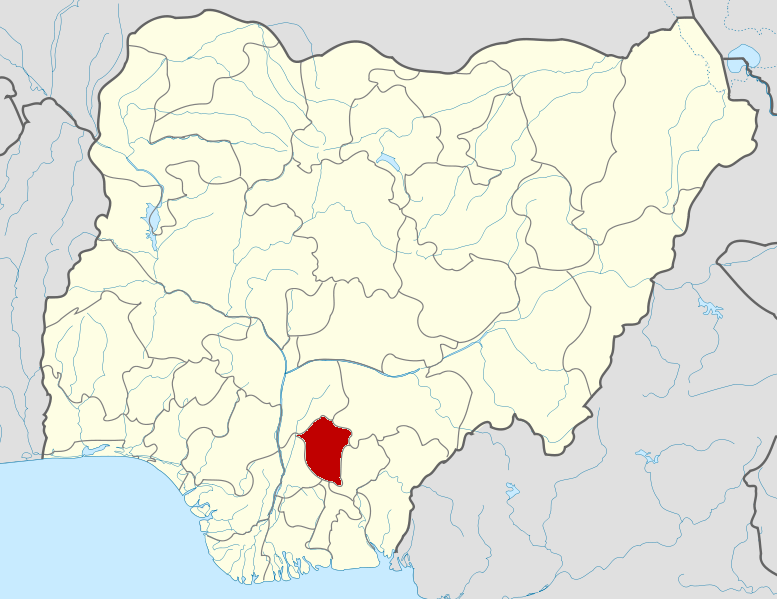How to plan a trip to see Africa's Great Migration | National Geographic
This article was produced by National Geographic Traveller (UK).
To a soundtrack of thundering hooves and panicked brays, wildebeest plunge into the muddy Mara River, churning the water as sly crocodiles snap from below and lions prowl the banks. It’s a scene of raw, pulse-quickening drama — nature at its most primal, played out beneath vast African skies. But this isn’t just a spectacle, it’s part of Africa’s Great Migration, a world-renowned wildlife phenomenon where more than a million wildebeest, along with countless zebras and gazelles, follow the rains across Tanzania’s Serengeti and Kenya’s Maasai Mara in a relentless quest for greener pastures.
And it’s not just predators drawn to the chaos, with the migration pulling in travellers from across the globe. But with growing attention comes growing responsibility, and sustainable travel is playing an ever more crucial role in protecting this extraordinary event. Here’s everything you need to know before you go.

Wildebeest can sniff out rainfall and the promise of fresh grasses from miles away.
Photograph by Ayzenstayn; Getty Images
While the dramatic crossings of the Mara River might be the most iconic scenes, the Great Migration is far more expansive. Every year, vast herds of wildebeest, zebra and gazelle traverse the Greater Serengeti-Mara ecosystem — a sweeping landscape of around 444 square miles.
Guided by a mix of instinct, survival and the rhythms of the rains, the animals follow a circular route in constant pursuit of fresh grazing. Estimates of their combined numbers vary, ranging from one to two million, but one thing is certain: witnessing this epic journey in motion is an unforgettable experience for any wildlife lover.
Wildebeest can sniff out rainfall and the promise of fresh grasses from miles away. Though climate change is making weather patterns less predictable, the ancient route of their odyssey remains unchanged.
The migration typically begins in the southern Serengeti and neighbouring Ngorongoro Crater Conservation Area, where the rains transform the plains into a maternity ward for the herds. February offers a different perspective on the migration, with some 500,000 calves born in just a few weeks. Predators, of course, are never far behind, waiting for easy pickings among the wobbly newborns.
From April, the herds begin their journey north, moving through the Moru Kopjes — dotted with striking granite outcrops — and into the Seronera region, the heart of the Serengeti. By June, they reach the Western Corridor and the Grumeti River, before pushing on towards Kenya’s Maasai Mara between July and August. But before they can enjoy its lush pastures, they must brave the treacherous crossings of the Mara River, sometimes more than once, as they respond to scattered rains.
Once in the Mara, the herds disperse across the reserve, from the Mara Triangle to the Musiara and Sekenani sectors and spill into surrounding conservancies. By October, as the grasses begin to wither, the journey turns south once more. The wildebeest cross back into Tanzania, reaching eastern Serengeti, then gradually drift towards the southern plains, ready to calve again in the new year, continuing their eternal cycle of migration.

For a unique perspective, try a hot-air balloon safari — there’s nothing quite like drifting above the migration at dawn.
Photograph by nicholas_dale; Getty Images
If you’re hoping to witness the Great Migration in the Serengeti or Maasai Mara — especially during peak season, from June to October — it’s essential to plan well in advance. Lodges and camps often book up a year or more in advance and safari vehicles can jostle for space along the riverbanks as travellers vie for the best vantage points.
While it’s possible to travel independently, organising a migration safari can make the experience far easier. There are many options available, and the process can be complex and expensive, so it’s well worth enlisting the help of a responsible, specialist Africa tour operator. These experts can tailor your itinerary, arrange bush flights or 4x4 transfers and match you with the best camps and lodges for your budget. Recommended operators include Yellow Zebra, Expert Africa, Mahlatini, Far & Wild Travel and Wild Paths, and for family safaris, Coral Tree Travel.
Direct flights from London to Kenya are available with Kenya Airways to Nairobi’s Jomo Kenyatta International Airport. For Tanzania, fly via Nairobi or Addis Ababa (with Ethiopian Airlines) and transfer to Kilimanjaro International Airport.

It’s not just predators drawn to the chaos, with the migration pulling in travellers from across the globe.
Photograph by Edwin Remsberg; Getty Images
Choosing the right accommodation is essential for a responsible and rewarding safari experience. Where possible, avoid large, budget international hotels in favour of boutique lodges or intimate camps that prioritise sustainability. Many of these properties actively support local communities and conservation efforts, while offering exceptional safari experiences.
In Tanzania, consider options such as Wayo Africa and Wilderness Usawa, which operate mobile safari camps that follow the migration and provide access to private wilderness areas that are ideal for walking safaris. Asilia Africa is another leader in sustainable tourism, pioneering camps in previously undeveloped areas, including Sayari in northern Serengeti, Namiri Plains in the east and Dunia in Seronera, which proudly employs Tanzania’s only all-female team.
In the Maasai Mara, staying within community-owned conservancies neighbouring the reserve offers both exclusivity and a deeper connection to the land and its people. Local communities combine their land parcels to host a limited number of high-end camps, generating income through lease fees, conservancy levies and employment, while restoring vital wildlife habitat. Though prices may be higher, guests benefit from fewer crowds and exclusive activities such as night drives, walking safaris and full-day game drives to the iconic river crossings. Operators like Kicheche, Porini and Asilia Africa have played pivotal roles in establishing these conservancies and maintaining genuinely beneficial relationships with local communities.

Avoid contributing to chaotic vehicle scrambles around sightings or river crossings. Respectful viewing ensures animals remain wild and free.
Photograph by Will Whitford

Where possible, avoid large, budget international hotels in favour of boutique lodges or intimate camps that prioritise sustainability.
Photograph by Tomas Rodriguez; Getty Images
Choose wisely: It’s becoming easier to identify truly sustainable operators, especially those who publish detailed impact reports or transparent newsletters. However, some may still offer only lip service to sustainability claims. Always check reviews carefully and ask questions if their commitments seem vague.
Stay longer: Traditional safaris often involve early starts, bumpy drives and frequent moves between camps, sometimes requiring eco-unfriendly bush flights. Consider a ‘slow’ safari instead, staying in one camp for an extended period. This approach benefits the environment, supports local economies and allows you to unwind and deepen your connection with the natural world.
Leave the vehicle behind: Many camps offer walking safaris, providing an intimate way to discover smaller wildlife, insects and birds away from the crowds. For a unique perspective, try a hot-air balloon safari — there’s nothing quite like drifting above the migration at dawn. Or simply take a day off to relax at camp, watching wildlife from the comfort of the pool.
Meet the locals: While some village visits can feel like awkward tourist traps, camps with genuine community ties offer meaningful encounters. These experiences allow you to learn about local cultures and enjoy the warmth and hospitality of the people who call this land home.
Be kind to wildlife: Avoid contributing to chaotic vehicle scrambles around sightings or river crossings. Wildlife should never be distressed or disturbed for our entertainment. Respectful viewing ensures these animals remain wild and free.
To subscribe to National Geographic Traveller (UK) magazine click here. (Available in select countries only).











